Porsche's recent adventures into the world of off-road sportscars have been gaining a lot of positive responses and accolades from Porsche fans and enthusiasts the world over, but did you know that before the production 911 Safari,Porsche had a rich history of making some of the most extreme off-road machines, and not limited to cars and SUVs. So let's take a look at Porsche's lesser-known but equally fascinating history of producing off-road vehicles that have conquered challenging terrains and left their mark on motorsport. From military prototypes to rally-winning machines, Porsche's off-roaders showcase the brand's versatility and engineering prowess.
Porsche 597 Jagdwagen
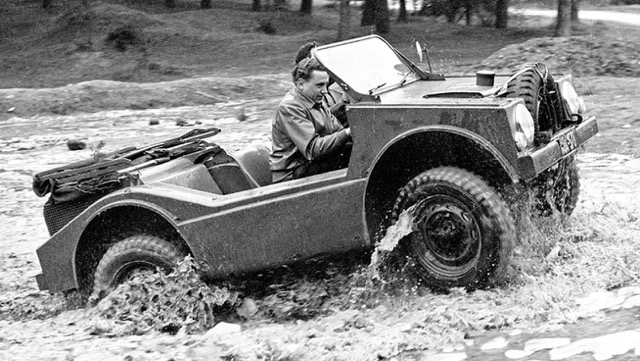
In the aftermath of World War II, the German Army sought a versatile light vehicle, and Porsche responded with the Type 597 Jagdwagen, or "hunting car." This rugged vehicle, designed for military use, featured a distinctive rounded body and a rear-mounted air-cooled engine. Its innovative design included amphibious capabilities, allowing it to traverse water obstacles with ease. High sills enhanced its buoyancy, while its robust construction enabled it to climb steep grades up to 65%. Despite not securing the military contract, the Jagdwagen remains a testament to Porsche's ingenuity in off-road engineering. With only 71 units produced, including 49 for the civilian market, it stands as a rare and collectible piece of automotive history.
Specifications:
- Production: Prototype in 1953, production from 1955 to 1958
- Layout: Rear engine
- Engine: Air-cooled flat-four, initially 1.5 L, later 1.6 L
- Power Output: Approximately 50 HP
- Transmission: 5-speed manual with switchable all-wheel drive
- Dimensions: Length of 3.7 meters
- Curb Weight: Between 990 kg and 1,090 kg
- Top Speed: Around 100 km/h
- Notable Features: Amphibious capabilities, high sills for buoyancy, ability to climb steep grades up to 65%
- Production Numbers: Only 71 units were built, with 49 for the civilian market
Porsche 911 SC Safari
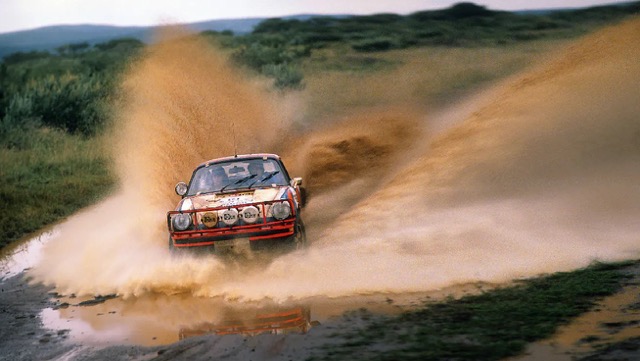
The Porsche 911 SC Safari is a legend in the world of rallying. Born from the desire to conquer the grueling Safari Rally, Porsche transformed its iconic 911 sports car into a rugged off-road machine. This rally-bred 911 featured a reinforced chassis, raised suspension, and robust underbody protection to withstand the harsh African terrain. Its powerful flat-six engine and modified transmission ensured it could tackle any obstacle, while its iconic design remained unmistakably Porsche. The 911 SC Safari's successes in various rallies, including a second-place finish in the 1978 Safari Rally, cemented its place as one of the most capable and enduring off-road 911s ever built.
Specifications:
- Engine: 911/77 six-cylinder flat engine
- Displacement: 2,994 cm³
- Maximum Power: 250 HP at 6,800 rpm
- Transmission: 915 five-speed modified with differential lock
- Unladen Weight: 1,180 kg
- Ground Clearance: 28 cm
- Notable Features: Reinforced chassis, aluminium underguard, modified clutch and transmission for rough use, roll cage, large fuel tank (110 litres), and spare wheels
Porsche Cayenne S Transsyberia
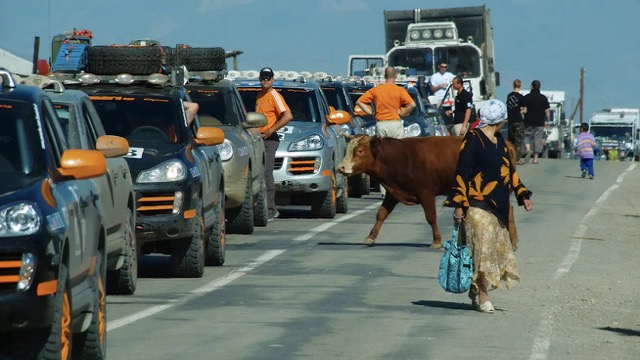
The Porsche Cayenne S Transsyberia was a special edition of the Cayenne SUV designed to compete in the Transsyberia Rally. This grueling off-road race stretches across 7,000 kilometers of some of the most challenging terrain in the world. The Cayenne S Transsyberia was built to handle the toughest conditions, with several modifications that enhanced its off-road capabilities.
One of the most notable features of the Cayenne S Transsyberia was its enhanced suspension. The standard suspension was replaced with a more robust system that provided increased ground clearance and improved articulation. The body was also reinforced to withstand the rigors of off-road driving, and the underbody was protected with additional skid plates.
The Cayenne S Transsyberia was also equipped with a number of other off-road-specific features, including a locking differential, a winch, and a set of off-road tires. These features helped to make the Cayenne S Transsyberia one of the most capable off-road SUVs on the market.
The Cayenne S Transsyberia was produced from 2009 to 2011, and it was a success in the Transsyberia Rally. In 2009, a team of drivers won the rally in a Cayenne S Transsyberia, and in 2010, another team finished second. The Cayenne S Transsyberia is a testament to Porsche's engineering prowess and its commitment to building capable off-road vehicles.
Specifications:
- Production Years: 2009-2011
- Body Style: SUV
- Engine: 4.8 L V8
- Power Output: 385 HP at 6,200 rpm
- Torque: 369 lb-ft at 3,500 rpm
- Transmission: 6-speed manual
- Notable Features: Enhanced off-road suspension, reinforced body, additional underbody protection, and rally-specific modifications.
Porsche 953
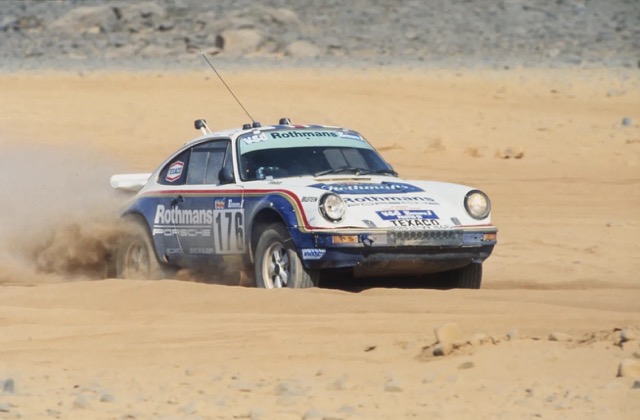
The Porsche 953 was a rally car that was developed in the early 1980s. It was based on the Porsche 911, but it was heavily modified for off-road racing. The 953 featured a number of innovative technologies, including a twin-turbocharged engine, an all-wheel drive, and a lightweight construction. These technologies helped to make the 953 one of the most successful rally cars of its time.
The 953 won several rally races, including the Paris-Dakar Rally in 1984 and 1985. It was also successful in the Pikes Peak International Hill Climb, winning the race in 1986. The 953 is considered to be one of the most important rally cars of all time, and it paved the way for the development of the Porsche 959, which was an even more successful rally car.
Specifications:
- Engine: Flat-six turbocharged
- Displacement: 3.2 L
- Power Output: Approximately 300 HP
- Transmission: 5-speed manual with all-wheel drive
- Notable Features: Advanced suspension system, lightweight construction, and specialized off-road tires. The 953 was a testbed for the technologies that would later be refined in the 959.
Porsche-Diesel Super Tractor
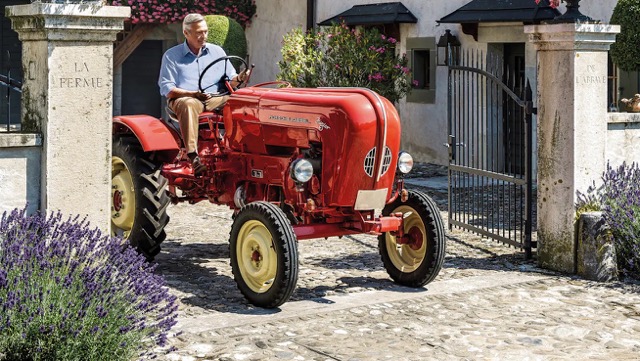
The Porsche-Diesel Super Tractor was a line of agricultural tractors that was produced by Porsche from 1951 to 1963. The Super Tractor was a powerful and versatile machine that was popular with farmers around the world. It was available in a number of different models, with engines ranging from 25 horsepower to 50 horsepower.
The Super Tractor was known for its robust construction, efficient diesel engine, and versatility. It was used for a variety of tasks, including plowing, cultivating, and hauling. The Super Tractor is a reminder of Porsche's history in agricultural machinery, and it is still valued by collectors today.
Specifications:
- Manufacturer: Porsche-Diesel Motorenbau GmbH
- Engine: Diesel engine
- Power Output: Varies by model, generally between 25-50 HP
- Transmission: Manual
- Notable Features: Robust construction, efficient diesel engine, and versatility for various farming tasks. The Super Tractor was part of Porsche's broader range of agricultural vehicles, which were quite popular in the mid-20th century.
Image Source: Porsche Newsroom
Author Bio
Bhavik Sreenath is an automotive expert, writer, and founder of Motolog Studio. With a Master's in Automotive Journalism and experience in publications like Bodyshop Magazine, he delivers compelling stories about the cars we love. From designing magazine layouts to reporting on eco-conscious practices, he brings a multifaceted perspective to automotive writing. His experience in Automotive Journalism makes him a vocal voice for car enthusiasts and industry insiders. Follow Bhavik on X, LinkedIn, Instagram, and Facebook, to stay in touch and up-to-date with the latest EV and battery development news.












